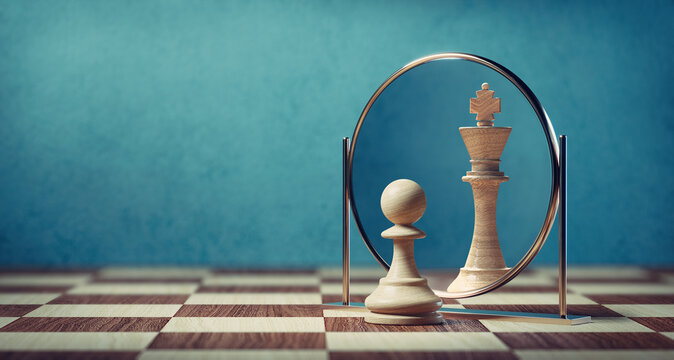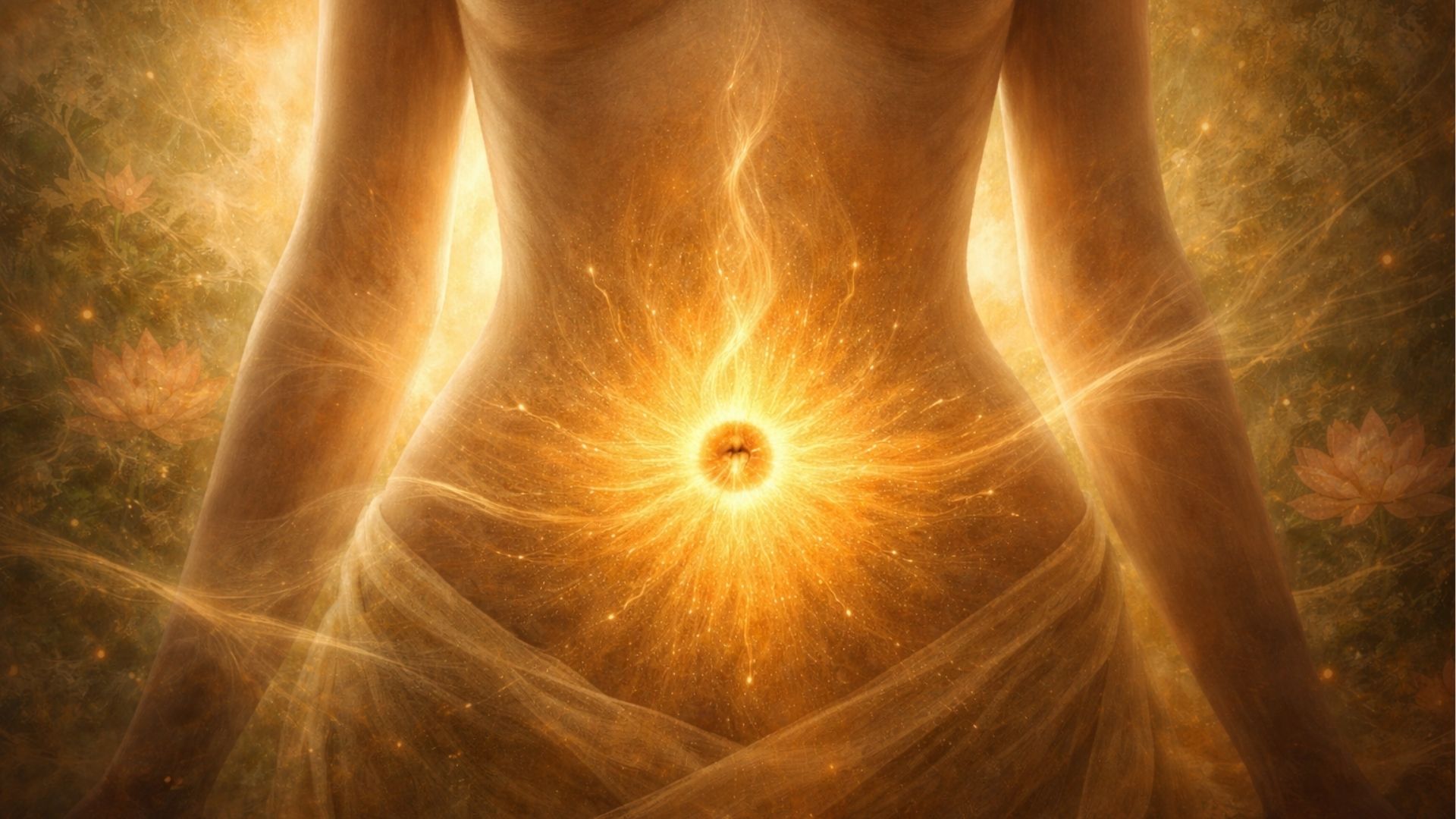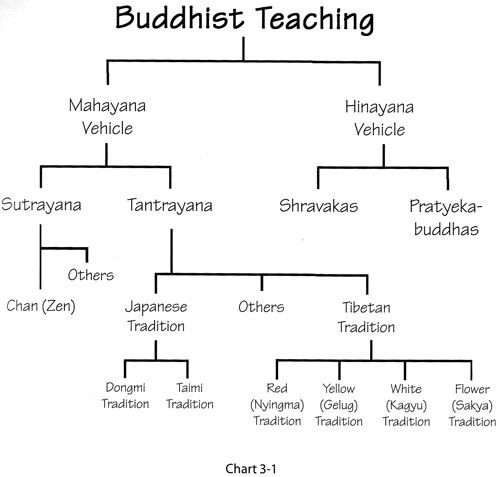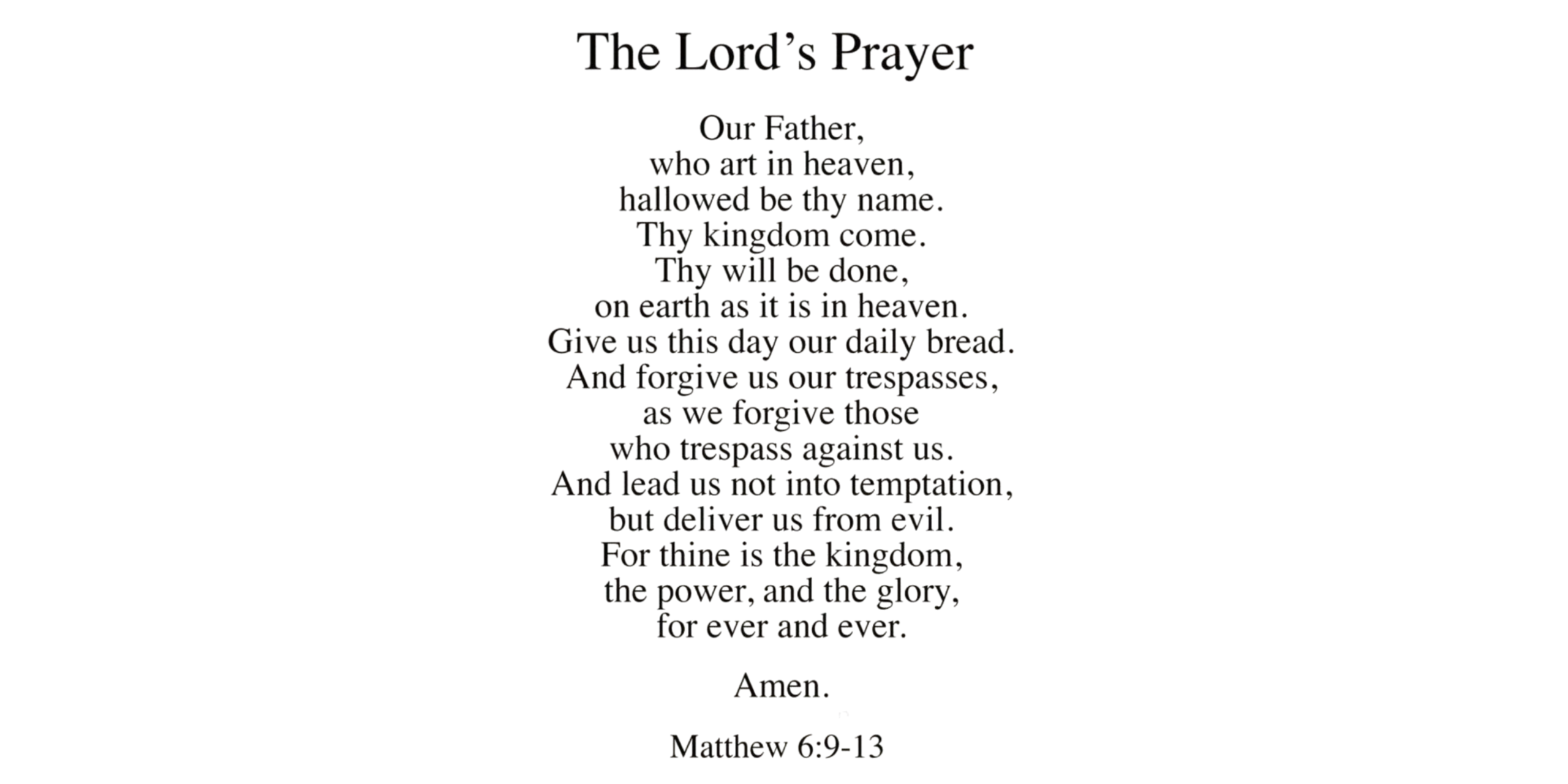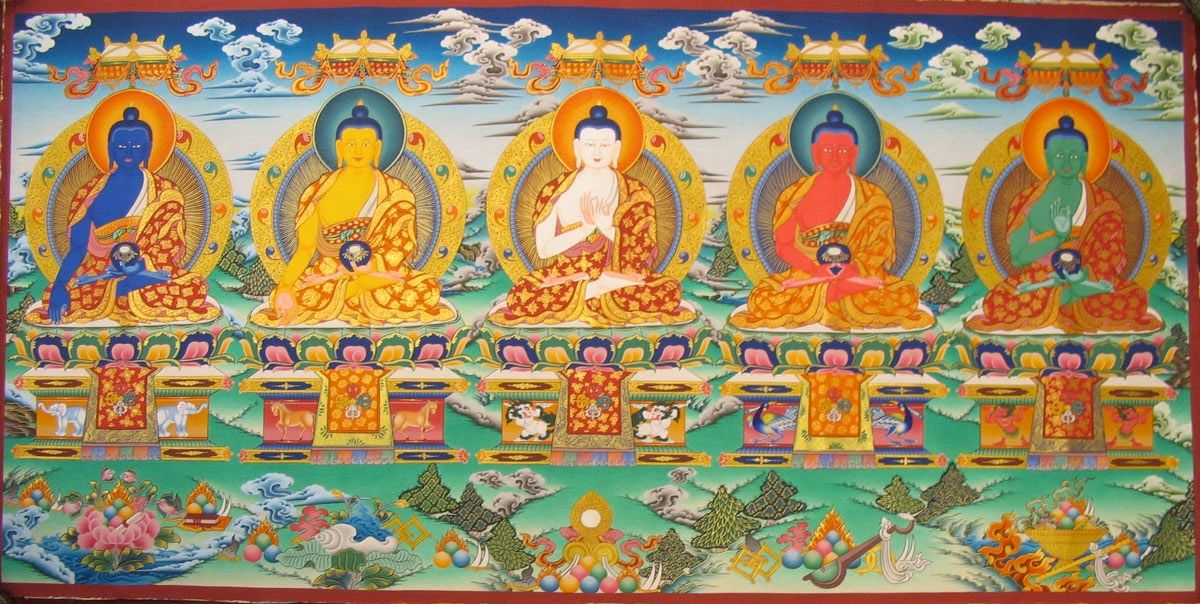When we think of healing, most of us picture medicine, therapy, or external support. Yet, there is a quieter form of healing that begins from within: self reflection. It is the simple act of turning inward, observing our thoughts and emotions, and making sense of the patterns that shape our lives. While often overlooked, self reflection can be a powerful pathway to emotional balance, mental clarity, and even physical wellbeing.
What is Self Reflection?
At its core, self reflection means pausing to look within. It is not about criticising or overthinking but about gently observing our inner world. We ask ourselves questions like: Why did I react that way? What am I really feeling? What part of me is asking to be heard? These questions open doors to awareness, which is often the first step in healing.
Unlike rumination, which traps us in cycles of negative thoughts, true reflection carries an element of curiosity. It invites compassion instead of judgment and encourages us to see our experiences as teachers rather than burdens.
Why Reflection Heals
Healing is not only about fixing something broken. It is about integration—understanding the parts of us that feel hurt, fragmented, or ignored. Self reflection allows this process by:
- Creating space for awareness: When we observe our feelings instead of suppressing them, they loosen their grip on us.
- Releasing hidden emotions: Naming an emotion, whether sadness or anger, can bring relief and help us process it.
- Connecting body and mind: Reflection often shows how stress, fear, or grief can surface as physical discomfort.
- Shifting perspective: With awareness, what once felt like a failure can be seen as a lesson or turning point.
In psychology, this aligns with practices like journaling and mindfulness, which are widely recognised for their therapeutic benefits. In spiritual traditions, from Buddhist meditation to yogic self-inquiry, reflection is seen as a way to align with one’s higher self.
The Gentle Practice of Self Reflection
Self reflection is not a rigid practice. It does not demand hours of sitting in silence. Instead, it can weave into everyday life in small, meaningful ways. Here are some simple approaches:
- Journaling: Write freely for ten minutes a day. Don’t worry about grammar or structure. Let the words flow and see what surfaces.
- Silent sitting: Spend a few minutes with your eyes closed, paying attention to your breath, and gently noticing what arises in your mind.
- Reflective questions: Ask yourself one question each day, such as What moment today made me feel most alive? or What drained my energy?
- Nature walks: Time in nature naturally slows the mind. As you walk, reflect on how your inner state mirrors the environment around you.
The key is consistency, not perfection. Reflection grows stronger the more we practise it.
The Link Between Reflection and Emotional Healing
Our emotions often carry unprocessed memories. A harsh word from the past, a forgotten disappointment, or unresolved grief can sit quietly within us for years. Without reflection, these emotions may resurface as anxiety, irritability, or even illness.
By pausing and reflecting, we give these emotions space to be acknowledged. Research in psychology shows that simply labelling an emotion can reduce its intensity. In spiritual terms, reflection is like bringing light into a dark room—shadows lose their power once they are seen.
Common Barriers to Reflection
Many people avoid self reflection because it can feel uncomfortable. Sitting with our thoughts may reveal things we’ve long ignored. Some common barriers include:
- Fear of uncovering painful memories
- Lack of time in a busy schedule
- The habit of distracting oneself with work, screens, or social activity
- Confusing reflection with self-criticism
The way forward is gentleness. Remind yourself that reflection is not about finding flaws. It is about listening with compassion. Even five minutes of honest listening to yourself is a step toward healing.
Reflection in Different Traditions
Across cultures, reflection has been seen as a form of healing.
- In Buddhism, mindfulness meditation encourages observing thoughts without attachment, leading to clarity and peace.
- In Stoicism, ancient philosophers like Marcus Aurelius journaled daily to examine their actions and values.
- In Yoga, the practice of svadhyaya (self-study) is considered a vital discipline for spiritual growth.
Though these paths differ, they share a common truth: when we look within, we find the seeds of healing already present.
Making Reflection a Healing Ritual
To deepen the practice, try shaping it into a small daily ritual. For example:
- Choose a quiet space.
- Light a candle or take a few deep breaths to signal the beginning of reflection.
- Spend 10–15 minutes journaling, meditating, or simply sitting with your thoughts.
- Close the practice with gratitude—acknowledge one insight or emotion that surfaced.
Over time, this ritual becomes a gentle anchor, reminding you that healing does not always come from outside; it often begins with listening to yourself.
Final Thoughts
Self reflection is more than a mental exercise. It is a form of self-care, a dialogue with the deeper parts of ourselves. By slowing down and looking inward, we discover clarity, release emotions, and cultivate resilience.
Healing through reflection is not about changing who we are but about meeting ourselves fully, with honesty and compassion. When we reflect, we make space for wholeness. And in that space, true healing quietly unfolds.
Healing starts by listening inward. Why not begin today? Set aside a few quiet minutes to reflect, write, or simply breathe. To continue deepening your practice, join us at Masi Wellness, where we share tools and reflections to help you walk your healing journey with awareness.

